By Sophia Ruiz, Integrative Esthetician, 3x Published Dermatology Researcher, and Founder + CEO of Sana Haus
Magnesium is everything.
And if you’ve been researching health and wellness for any length of time, I’m sure you agree. That’s because magnesium is essential for the optimal function of every cell in the body — over 300 enzymatic reactions depend on magnesium’s presence.
So it comes as no surprise that almost every functional practitioner, holistic dietician, and wellness influencer are raving about the importance of supplementing magnesium. It really is important — and many people opt to take a magnesium supplement as a result.
The inevitable next step towards magnesium often begins with the question: what magnesium supplement is best? And as you’ve probably found yourself, the answer is not as straightforward as it seems.
This has a lot to do with the fact that magnesium comes in many, many forms.
The different forms of magnesium supplements (magnesium glycinate, magnesium citrate, magnesium oxide, etc.)
There’s the commonly used magnesium oxide, which most agree (and research supports) is relatively ineffective. It’s not in a chelated form, a chemical reaction which dramatically increases the bioavailability of magnesium. Because of this, magnesium oxide isn’t absorbed readily enough through the gut to actually get into the cells and, consequently, make a difference in your health.
On the other hand, chelated forms of magnesium are much better absorbed by the body.
But, there are just so many.
Magnesium citrate, magnesium orotate, magnesium aspartate, magnesium glycinate, magnesium taurate — this list goes on.
The unique benefits of each form of magnesium and which one is best to take is a subject for another (probably really long, lol) article. But, what I really want to tee up here is this: most people land on magnesium glycinate (or bisglycinate, both very similar) as the best form of magnesium to start with.
Magnesium glycinate or bisglycinate are highly bioavailable, provide a ton of magnesium, and are bound to glycine, an amino acid abundant in collagen. Glycine is believed to have an additional anti-stress, relaxing effect on the brain.
If you’re a stressed person (and most of us are), all of these benefits check out immediately. You’ve got the magnesium which will support your nervous system and your brain (among a myriad of other benefits) and the glycine which will turn on the calming, chill-out part of your brain.
Jackpot. That’s it. My problems are all fixed with the holy grail that is magnesium glycinate.
Or so you think… and so I thought (and so thought many).
Enter the concept of: bio-individuality (noun; when someone else’s holy grail is the thing that tanks your health).
How I ended up finding out magnesium glycinate did me more harm than good
In my wellness journey, I’ve come up on many, many, many of those lightbulb moments. I find what seems like an answer to all the problems I’ve been experiencing. And for a lot of people, these lightbulb moments are major keys to unlocking parts of their healing journey.
For me, my lightbulb moments are often not that. They usually go like this:
Step 1: Relish in the lightbulb moment.
Step 2: Order said compound on the Internet.
Step 3: Try said compound.
Step 4: Experience a completely paradoxical, opposite reaction to said compound.
Step 5: Metaphorically and emotionally back myself up into a corner and question my intelligence and discernment.
Step 6: Temporarily give up on making any progress.
Step 7: Realize this is a learning opportunity in disguise.
Step 8: Scour the Internet for an explanation for the unexplained paradoxical reaction.
Step 9: Learn something completely enlightening about how there’s no one path to health for everyone.
Step 10: Share with all of you.
(Not always the most fun experience. But, I’m so thankful for what I’ve learned in these processes and what has come of them for our little community.)
This is exactly what happened to me earlier this year with magnesium glycinate.
Now, I have been experimenting with magnesium glycinate on-and-off for a few years now. But, the way this year started out really set me up to understand this specific form of magnesium is not compatible with my body at all.
Earlier this year, I had (in full honesty and transparency) neglected most of my self-care and wellness practices, including taking my supplements. For the first time since probably 2018, I was taking no supplements at all. And on a whim, I decided to try the magnesium glycinate in the cabinet by itself.
That night, I had so much trouble both falling asleep and staying asleep. I woke up feeling irritable, angry, and on edge. It would have been acceptably random had it not been the only thing I had changed in my routine that day.
(Also, aside — this is why it’s so important to trial one supplement at a time. Sometimes you don’t know what’s helping or harming you!)
The crazy thing is that I realized there are SO many people with the same experience. Reddit forums are filled with paradoxical reactions to magnesium glycinate — ranging from insomnia to heart palpitations to anxiety. My friend, Samantha, has had an especially devastating experience with magnesium glycinate that you can listen to on her Instagram page — @samantha.naturally.
Why does magnesium glycinate have such a negative effect on some people?
Funnily enough, in my searching for the “why” behind this seemingly paradoxical reaction to magnesium glycinate, it linked right back to the research I had been doing on the brain just a few days prior.
It felt like a too-perfect-to-be-coincidental moment.
Glutamate, GABA, and the excitatory/inhibitory balance
Please note that I am beyond far from an expert on neuroscience and this is my attempt to distill a very, very complex topic deserving of a dissertation into just a few paragraphs.
In my deep dive on brain research, I stumbled on one theory (among many) for the neurodivergency of brains having the experience that we call “autism”. It introduced me to the concept of the excitatory / inhibitory balance — essentially the balance between the stimulation and inhibition of neurons in the brain via little lock-and-key style proteins called receptors.
The rest of this section will get a little textbook-y, but bare with me!
When an activator (key) slots into an excitatory receptor (lock), the receptor is activated and neurons are stimulated. Conversely, if an activator slots into an inhibitory receptor, the receptor is activated and neurons are inhibited.
Put simply (and at risk of generalizing), stimulation of neurons is essential to wakefulness, learning, memory whereas the inhibition of neurons is important for sleep and calm.
The main receptor that transmits excitatory signals is the N-methyl D-aspartate (NMDA) receptor whereas the main inhibitory receptor is the gamma-amino butyric acid (GABA receptor). There is also a receptor for glycine, that amino acid we talked about earlier, that is considered inhibitory. (More on this in a second.)
When we find ourselves out of balance on either side (excitatory or inhibitory), we run into issues. Too much inhibitory activity can cause us to feel drowsy and have trouble focusing or remembering things. On the other hand, too much excitatory activity can cause us to feel overstimulated, stressed, and even experience sleeplessness.
As an (interesting) aside, higher excitatory activity in some parts of the brain also appears to be linked to intelligence, enhanced memory skills, and high brain efficiency — which is one of the possible explanations for why individuals with autism often have incredible, savant-like memory skills.
What does this have to do with magnesium glycinate?
There are many different activators (or “keys”) for these respective excitatory and inhibitory receptors.
Most of us are familiar with the chemicals our brain naturally produces, a.k.a neurotransmitters, which are the most well-known activators of the receptors. But, there are also different compounds that are both consumed via our diet and made in response to our diet that act as both activators and inhibitors of these excitatory and inhibitory receptors in our brain.
We could go far into detail on the many different dietary “keys” of excitatory and inhibitory receptors, but the important thing to know in this specific context is that magnesium supplements are one of them.
Magnesium, glycine, and inhibitory neurotransmitters
When magnesium supplements are absorbed and transported into the cell, they dissociate from whatever they’re chelated to and become a magnesium ion (Mg2+). This magnesium ion interacts in many different ways within the cell. Relevant to what we’re talking about here, magnesium ions activate our inhibitory GABA receptors to encourage our brain into an inhibitory state.
It’s why magnesium is so widely regarded as the be-all-end-all for anxiety and stress.
Magnesium glycinate or bisglycinate is supposed to be the best form of magnesium for encouraging the brain into this inhibitory state. The rationale behind this belief is that magnesium glycinate / bisglycinate are both a magnesium-glycine salt. Magnesium helps activate GABA receptors and glycine activates the also-inhibitory glycine receptors.
Conclusion: if you’re stressed, overstimulated, or have anxiety? Take magnesium glycinate — it will change your life.
And a lot of times, for a lot of people it does. Except that’s really only half the story.
What most people aren’t aware of when it comes to magnesium glycinate or bisglycinate is that glycine isn’t always inhibitory. And neither is magnesium necessarily, more exclusively when in combination with high levels of glycine.
Instead, research suggests glycine can also activate our excitatory NMDA receptors, not just the inhibitory glycine receptor. To make matters worse, magnesium can also increase the affinity of glycine for the NMDA receptor, potentially causing glycine to instead bind to NMDA receptors over glycine receptors when they’re taken together (like in the form of magnesium glycinate or bisglycinate).
When this happens, some of us can tip over into excitatory territory, leading to general imbalances in brain chemistry. This might give us a headache, make us feel stressed or anxious, or disrupt our sleep instead of actually improving our health. And if you’re acne-prone, it might also lead to breakouts.
Magnesium glycinate causing breakouts: how does this affect our skin?
Of course, anything that causes a stress / anxiety state is going to impact our skin. Cortisol and other hormones released during a sympathetic stress response, like angiotensin II, can all trigger inflammatory reactions in the skin and other catalytic hormone reactions (in a domino-like fashion) that lead to poor skin health, dryness, redness, skin barrier breakdown, and even hormonal breakouts.
Because overactivation NMDA receptors can trigger stress / anxiety states, it stands to reason that it could potentially contribute to stress-related breakouts.
But, it might also be more direct than that.
Just like our brains, our skin has excitatory receptors — those NMDA receptors we talked about earlier.
NMDA receptors and breakouts
NMDA receptors in the skin play an important role in the proliferation and differentiation of skin cells. This basically ensures that you make enough healthy, functioning skin cells to produce healthy skin.
Without enough NMDA activity in the skin, in theory, the skin would thin and become susceptible to damage from minor injuries and slow wound healing. This is actually why low NMDA receptor activity is one of the theories to attempt to explain why our skin thins as we age. Low NMDA receptor activity also seems to be involved to some degree in psoriasis.
But, just like with our brain, too much NMDA activation can also be just as detrimental as too little. It’s all about balance.
When NMDA activation is too high, we set the stage for breakouts. Here’s why:
- NMDA receptor activation triggers something called epidermal hyperplasia (aka thickening of the upper layer of the skin, the epidermis). When this happens, epidermal hyperplasia can evolve into hyperkeratosis — an accumulation of skin cells. This is a crucial step in forming comedones that either 1) cause unwanted texture and congestion in the skin and/or 2) evolve into inflamed acne spots.
- NMDA receptor activation slows down barrier recovery. A healthy skin barrier is one of our most important defenses against breakouts. If we don’t have a healthy, functioning skin barrier that easily repairs itself, we open our skin up to inflammatory, oxidative damage from things in our environment: bacteria/mold in makeup brushes, pollutants in our air, allergens on our fabrics, chemicals in our water. These exposures can cumulatively “turn on” the molecular pathways that lead to breakouts in our skin.
- NMDA receptor overactivity may contribute to hormonal imbalances in PCOS. Increased glutamate, which has been associated with PCOS, increases both adrenocorticotropic hormone (ACTH), a hormone responsible for putting us into a sympathetic (fight or flight) state, and luteinizing hormone (LH), a hormone that stimulates the production of testosterone in the ovaries, by the pituitary gland. This results in an overzealous production of testosterone and cortisol, both of which drive hormonal breakouts (among other things) in PCOS.
So, if magnesium glycinate causes breakouts for you — it could be causing an activation of the NMDA receptor both in the brain and the skin, leading to breakouts. In theory, this could also be related to the bigger issue of an imbalanced excitatory/inhibitory ratio.
For this same reason, you may also want to avoid/limit collagen, beef protein isolate (which I just recently learned is mostly collagen protein), caffeine, L-glutamine, glycine, magnesium aspartate (which can also activate NMDA receptors), and potentially even bone broth. All of these are also potential NMDA receptor activators and may trigger NMDA-related breakouts.
So, what form of magnesium can I take for breakouts?
Even though some forms of magnesium like magnesium glycinate may do more harm than good for some of us, it’s still super important that we get enough magnesium. As I mentioned before, magnesium is also a potent GABA activator, so the right form of magnesium can actually help us balance our excitatory and inhibitory states if we find ourselves on the more excitatory side of the scale.
I personally think that food is the safest way to improve your magnesium levels. I really like chia seed pudding for this — the pudding preparation dramatically reduces the gut irritants in the seeds (like phytic acid) and simultaneously makes the nutrients more bioavailable. Chia seeds are super high in magnesium, potassium, and gut-healing fiber and mucilage. It’s one of my favorite skin superfoods.
That being said, supplements can still be helpful. Of course, you’ll want to chat with your doctor about it first, though. In the context of leaning towards an excitatory state, magnesium citrate, magnesium taurate, and magnesium orotate are all options that are likely to be better tolerated.
Magnesium citrate is a widely available option that’s relatively inexpensive. But, it can cause loose stools for some people.
Magnesium taurate doesn’t provide a ton of magnesium, so it’s not the most cost effective. But, it’s bound to taurine, which supports mitochondria, acts as antioxidant, and may even block NMDA activity to a certain degree, making it an option that’s likely to be better tolerated. It’s also shown some specific benefits for the heart and there are quite a few anecdotal testimonials specifically for heart palpitations.
Magnesium orotate, like magnesium taurate, doesn’t provide a ton of magnesium. But, it’s still a good option. It’s magnesium bound to an organic compound called orotic acid. Because orotic acid is a natural byproduct of fermentation, some researchers believe it may help encourage a more healthy gut microbiome.
Personally, I take magnesium citrate!
The verdict: magnesium glycinate might cause breakouts (among many other things)
If there’s anything I’ve learned in my wellness journey, it’s that the magic is found when we honor and acknowledge that we are all beautifully different.
There is so much going on in our bodies at any one given time — a beautiful orchestra of genetics, exposures, ages, stages, and our perceived sense of safety. Because of this, our biochemical states are all incredibly unique, dynamic through our life, and deserving of a unique and evolving approach.
This is why dogmatic dietary approaches can end up harming more than they help. Though, I think there’s a lot of learning and self-discovery to be had through the trial and error. Sometimes by applying something “good” that may not be so good for us, we discover more about ourselves that we would have never known before.
Magnesium glycinate is really just the tip of the iceberg when it comes to this bioindividuality conversation. There are so many more supplements and foods and dietary approaches that can be equally as harmful as they are helpful, especially when it comes to skin issues. (I’ve touched on some of them here on the blog already and hope to discuss more!)
The most important thing when it comes to finding optimal health in our body (and our skin) is that we’re listening to our body, honoring what it’s telling us, and remembering that there’s always nuance and context to consider. In that, we honor the beauty that is our unique journey and offer the same to others.
References:
https://www.ncbi.nlm.nih.gov/pmc/articles/PMC5605555/
https://www.ncbi.nlm.nih.gov/pmc/articles/PMC2290035/
https://pubmed.ncbi.nlm.nih.gov/15265016/
https://www.ncbi.nlm.nih.gov/pmc/articles/PMC8264581/
https://pubmed.ncbi.nlm.nih.gov/12787130/
https://www.ncbi.nlm.nih.gov/pmc/articles/PMC5605222/
https://www.ncbi.nlm.nih.gov/pmc/articles/PMC4166758/
https://www.ncbi.nlm.nih.gov/pmc/articles/PMC9470949/
https://pubmed.ncbi.nlm.nih.gov/15338240/
https://www.ncbi.nlm.nih.gov/books/NBK507245/
https://pubmed.ncbi.nlm.nih.gov/23392923/


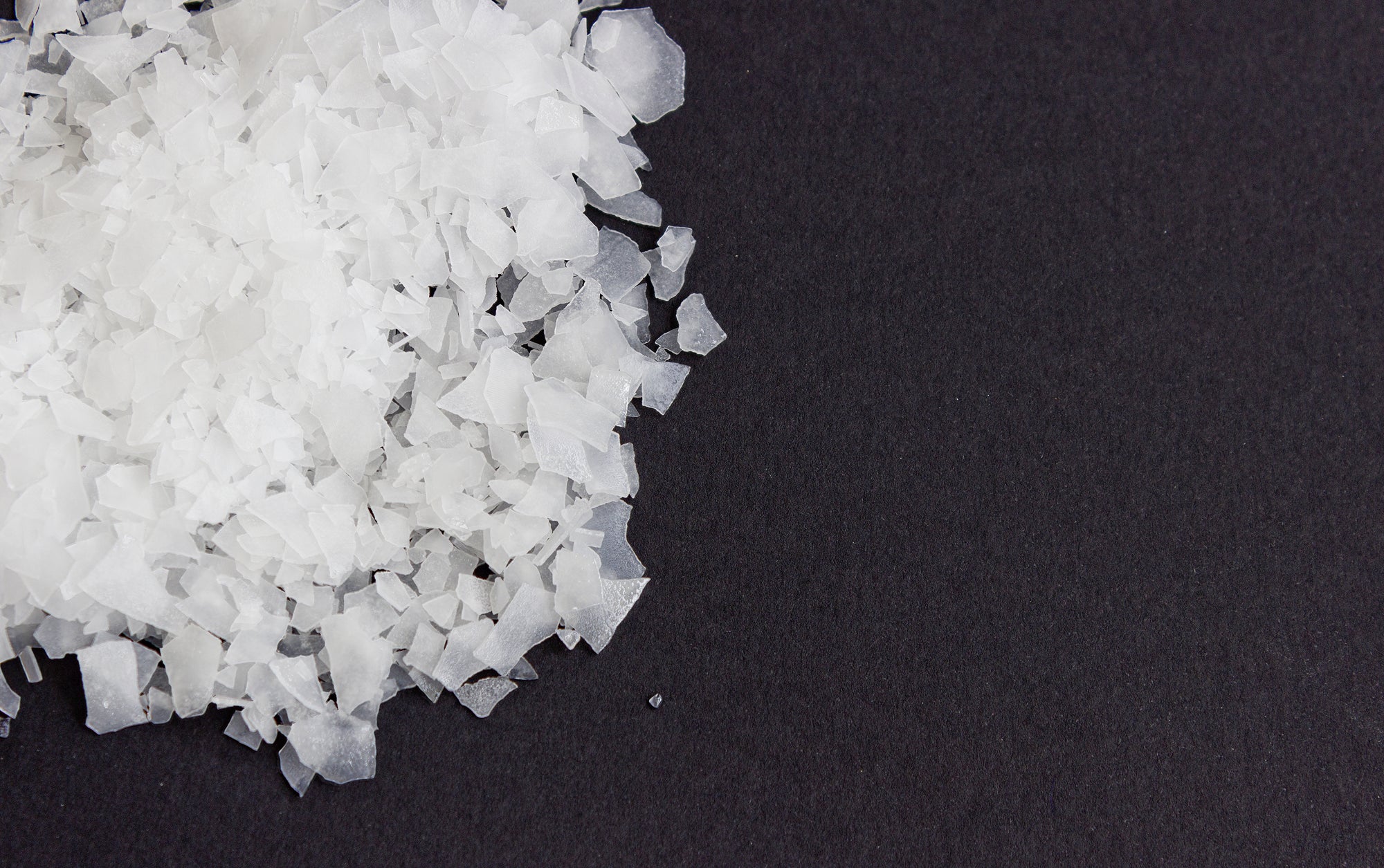


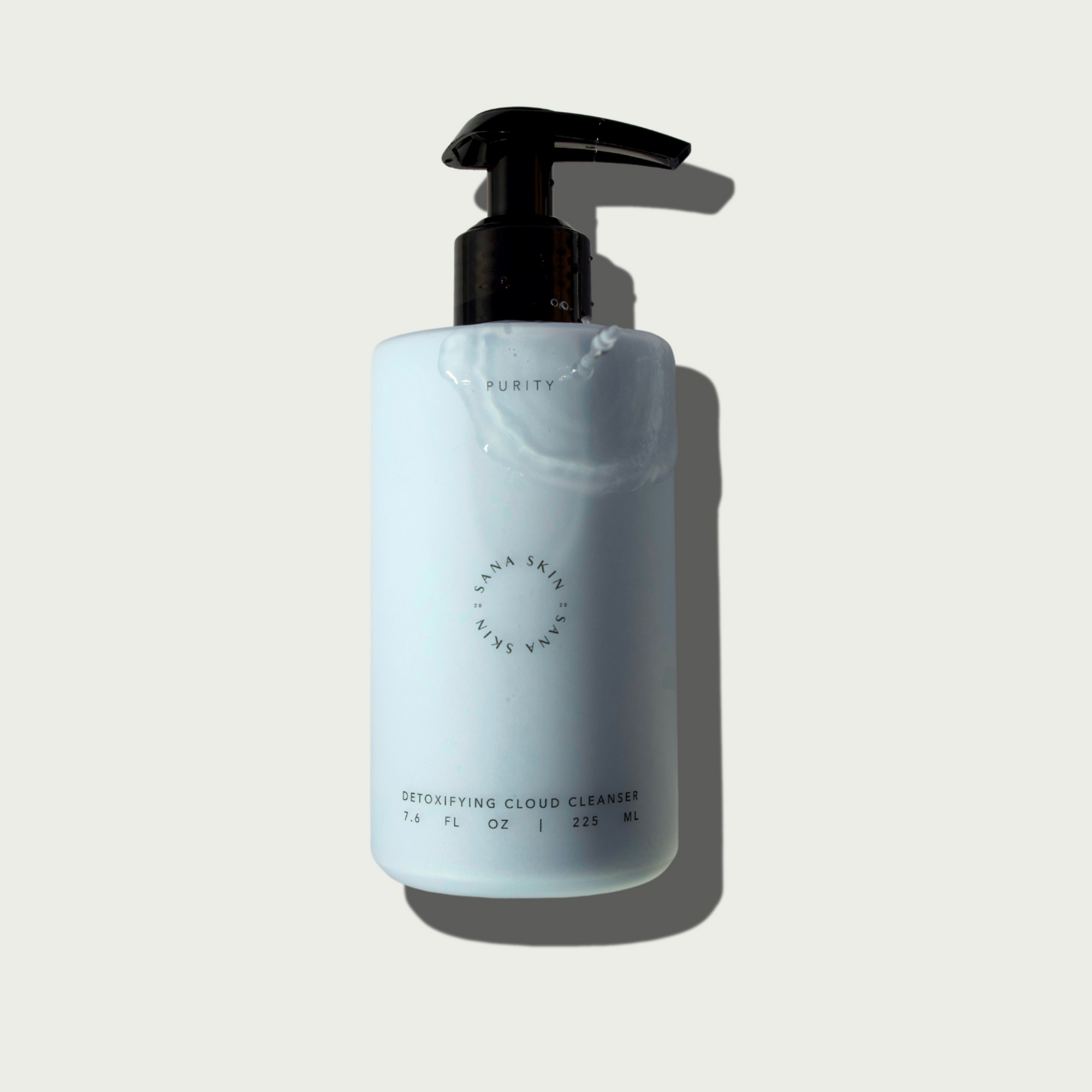




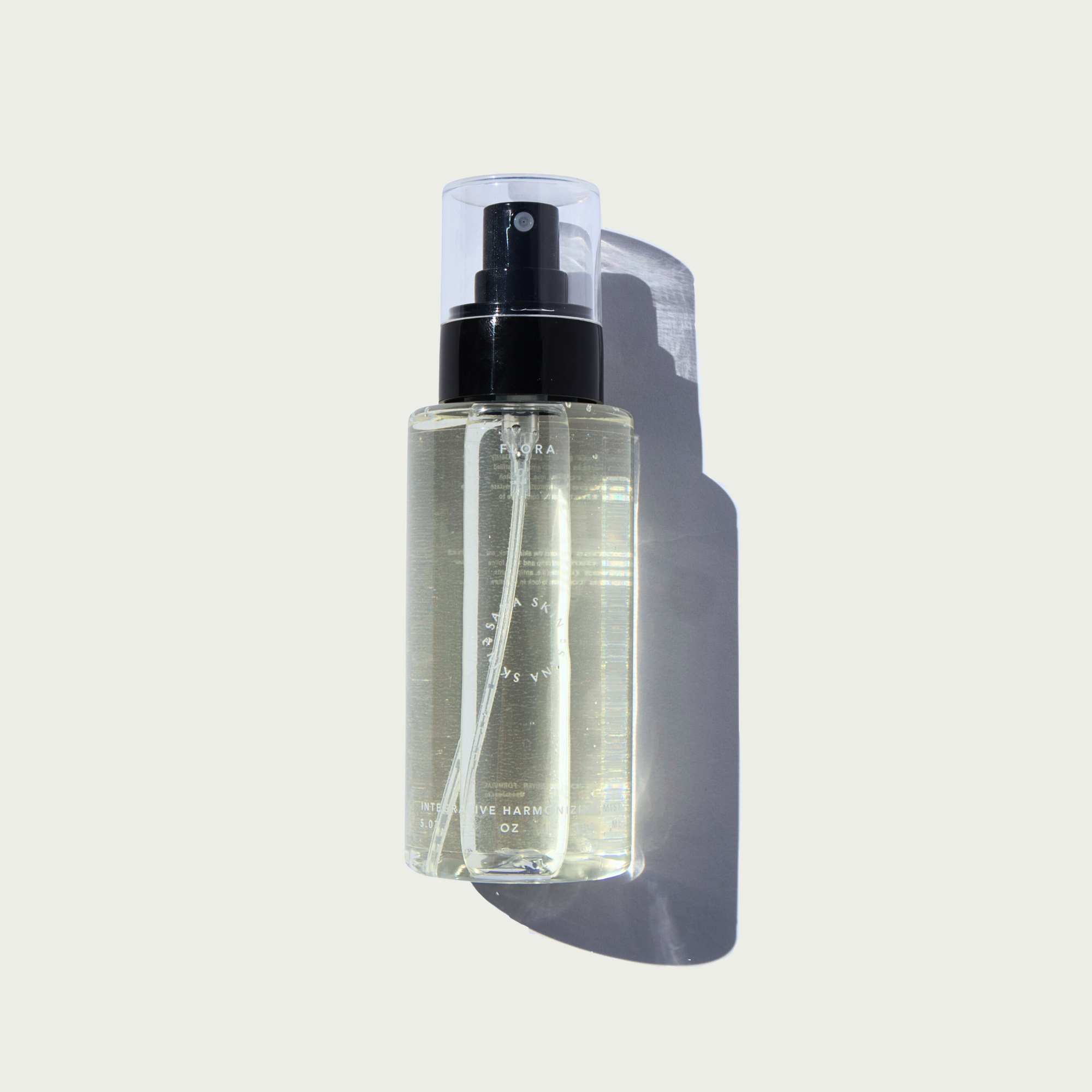
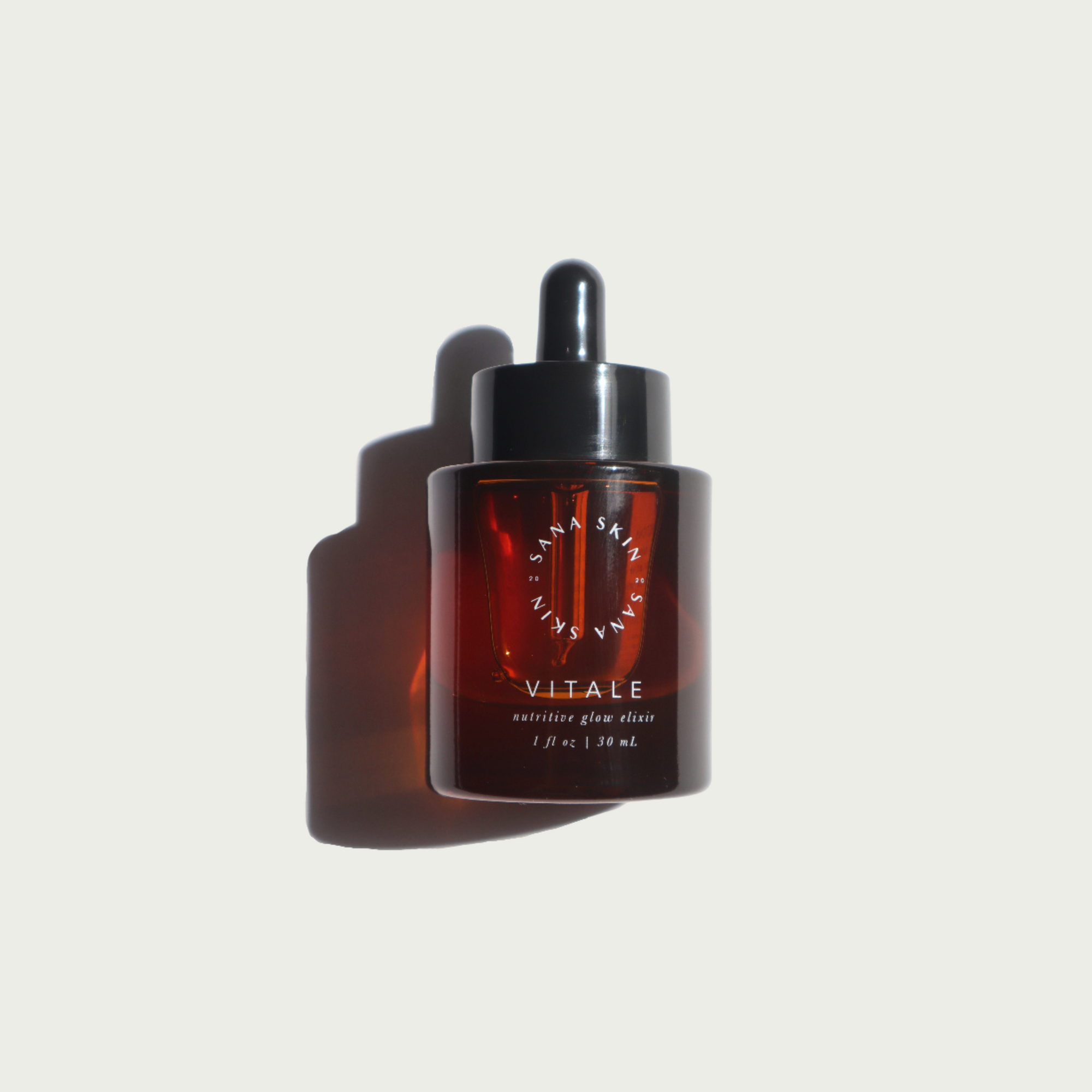

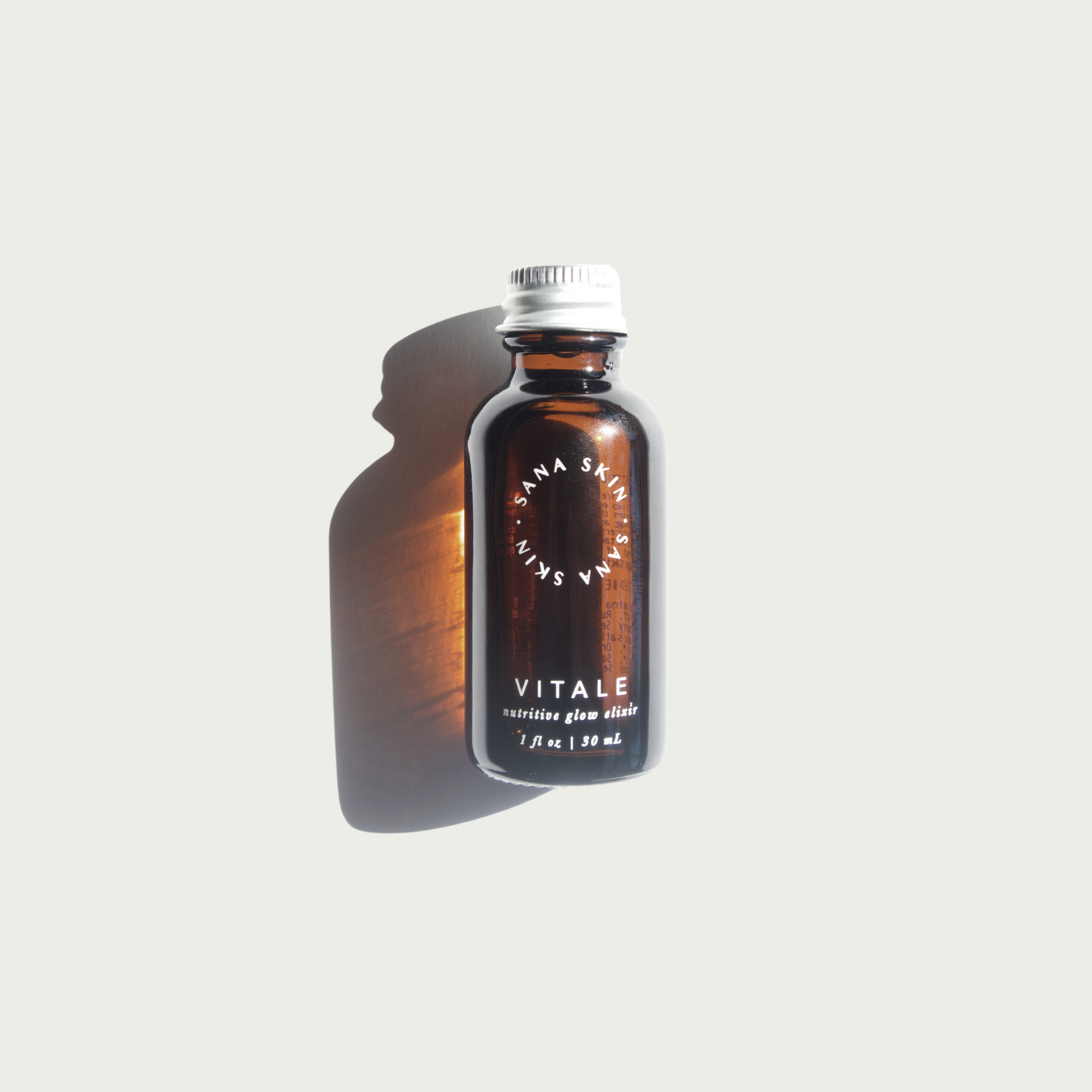
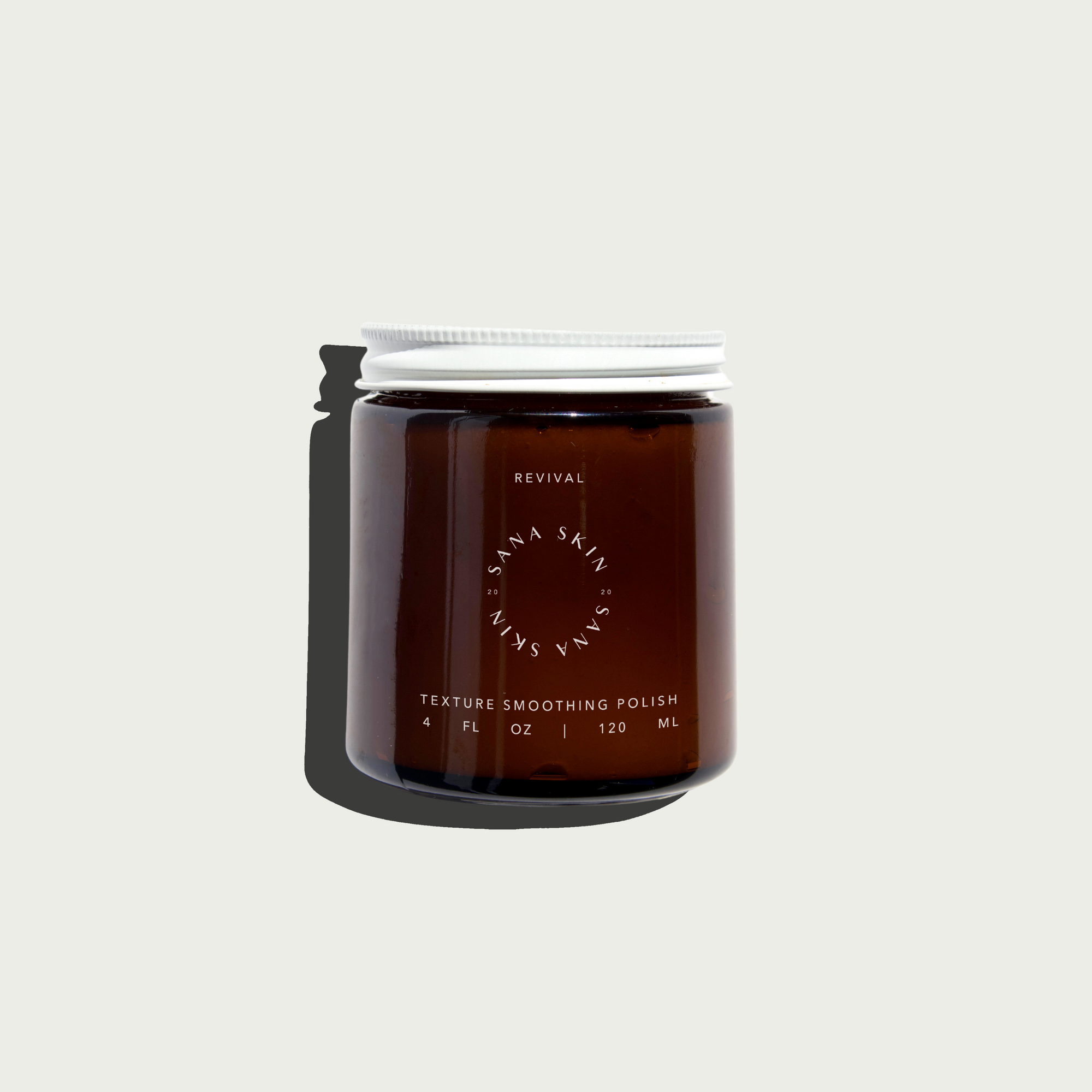

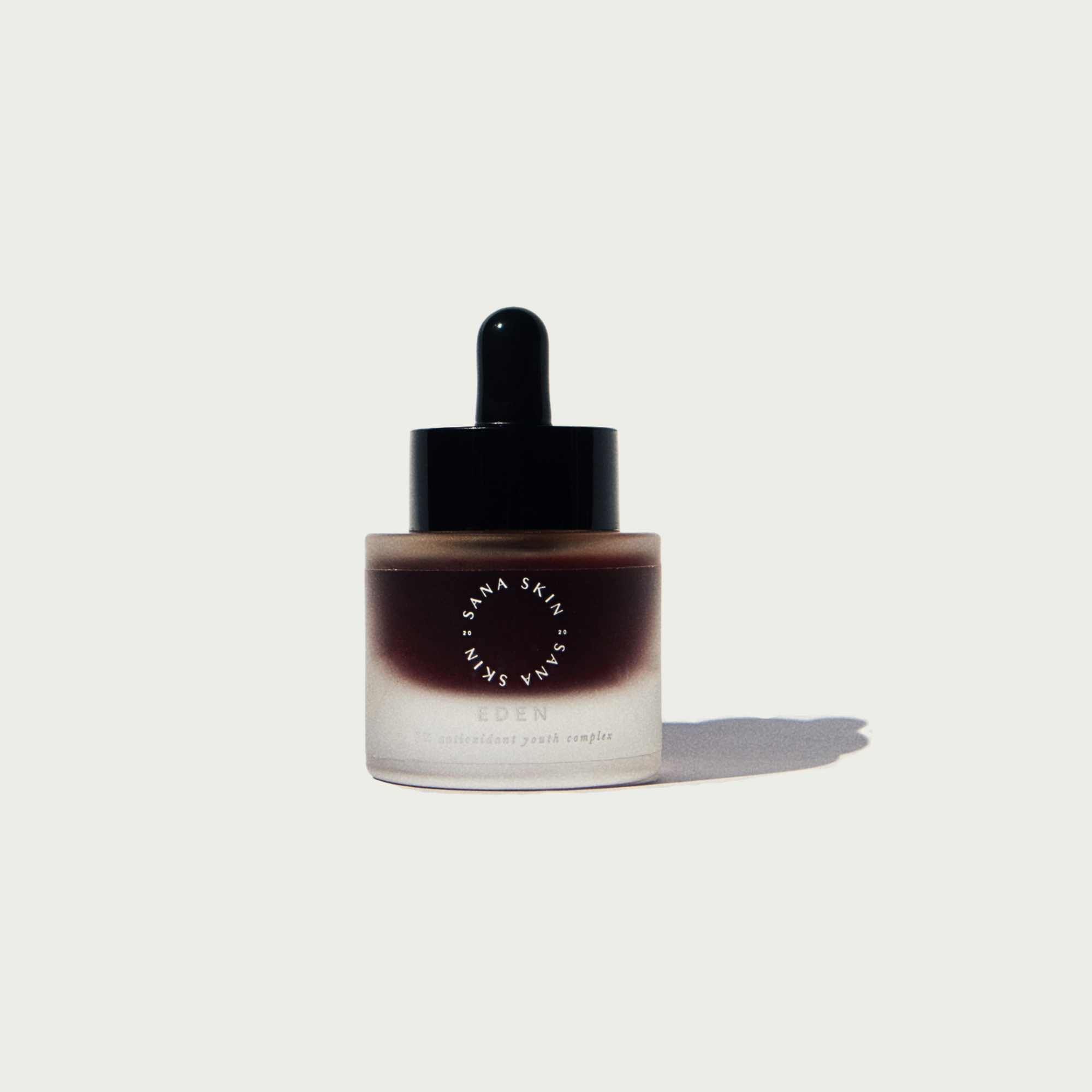

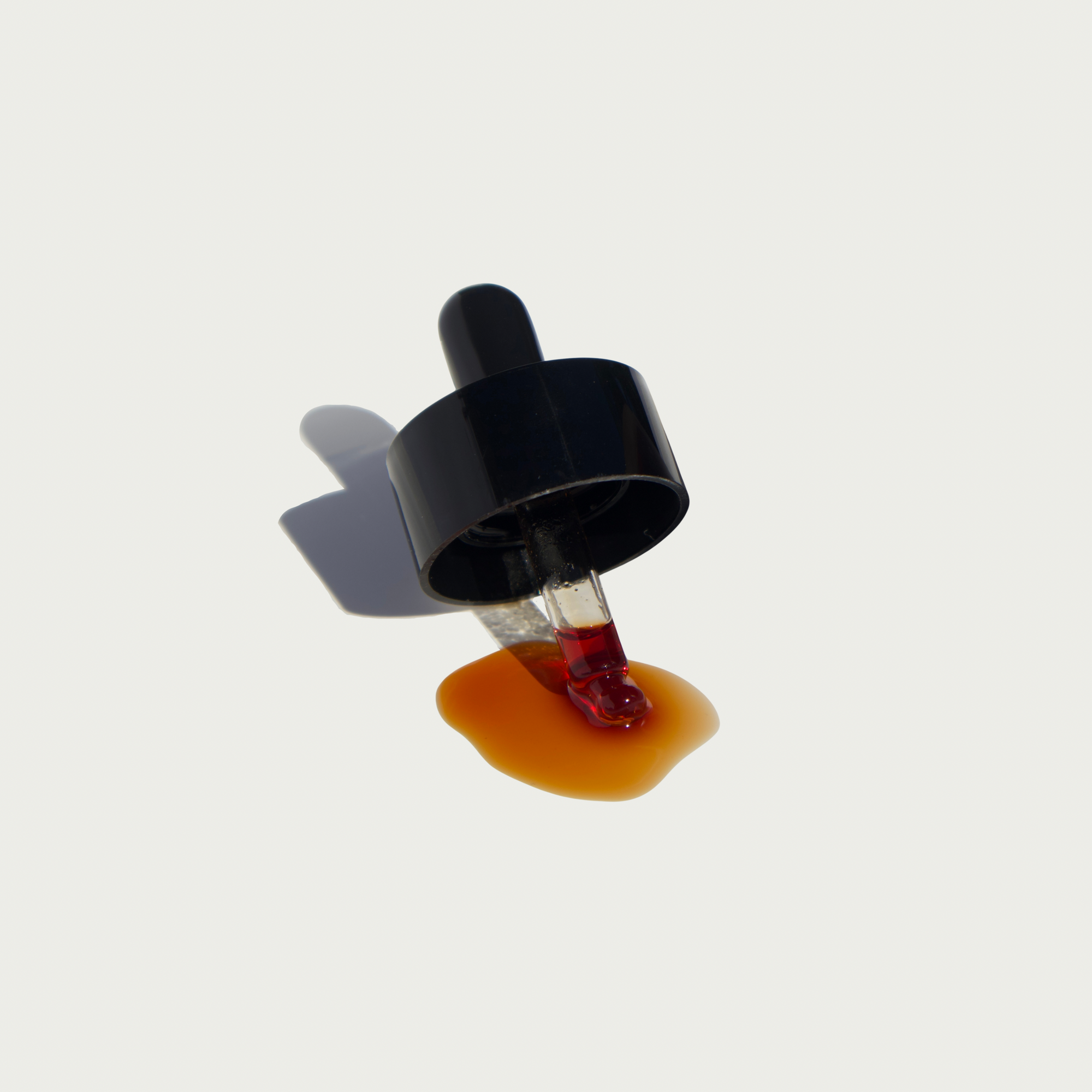
Comments
Hi @brooke!
So glad you enjoyed the article and found it helpful!
While everyone is different, avoiding high glutamate foods and supplements (collagen, bone broth, processed foods with MSG, magnesium glycinate, etc.) may help! Supporting a healthy gut microbiome and tackling Candida overgrowth (if it’s present) is also important. Candida and other fungal overgrowths increase levels of beta-alanine, an amino acid that decreases the absorption of taurine, an important amino acid for GABA activity.
I hope that helps!
Sophia
Hi @Noor!
So glad you loved the article, thanks so much! And glad it helped connect some dots for you :)
Magnesium oil is definitely a great option and alternative to other magnesium supplements. It’s especially helpful if you have trouble absorbing magnesium because of poor digestion/low stomach acid/etc. That being said, it’s not always suitable for sensitive skin and can cause rashes / irritation, so it’s a good idea to start out slow and patch test!
Sophia
this is so helpful thank you!
can you share what you recommend for people who do have an imbalance between glutamate and GABA?
Loved the article thankyou so much!! My breakouts finally make sense
What do you think of magnesium oil (topical magnesium)?